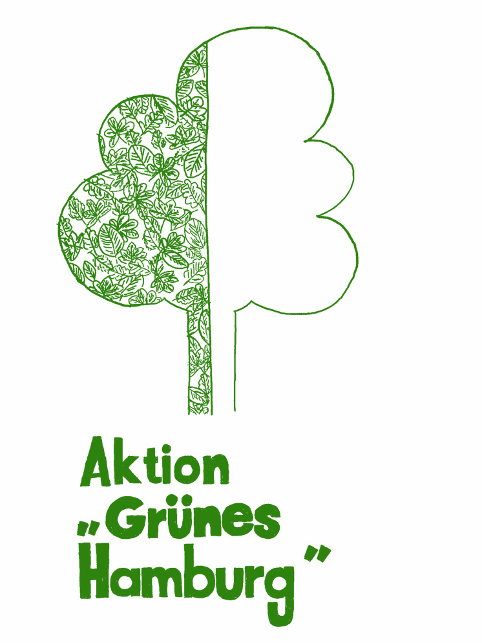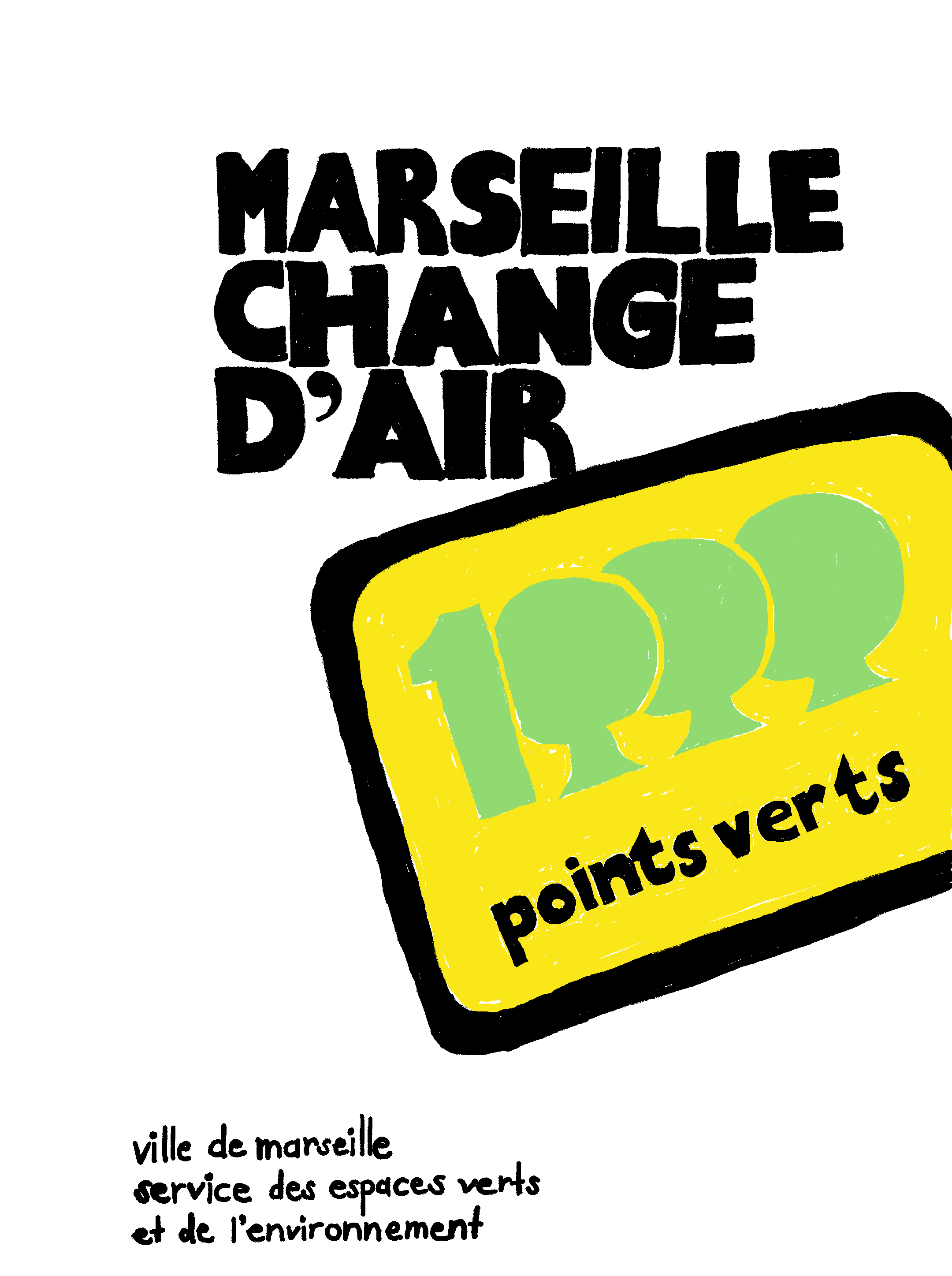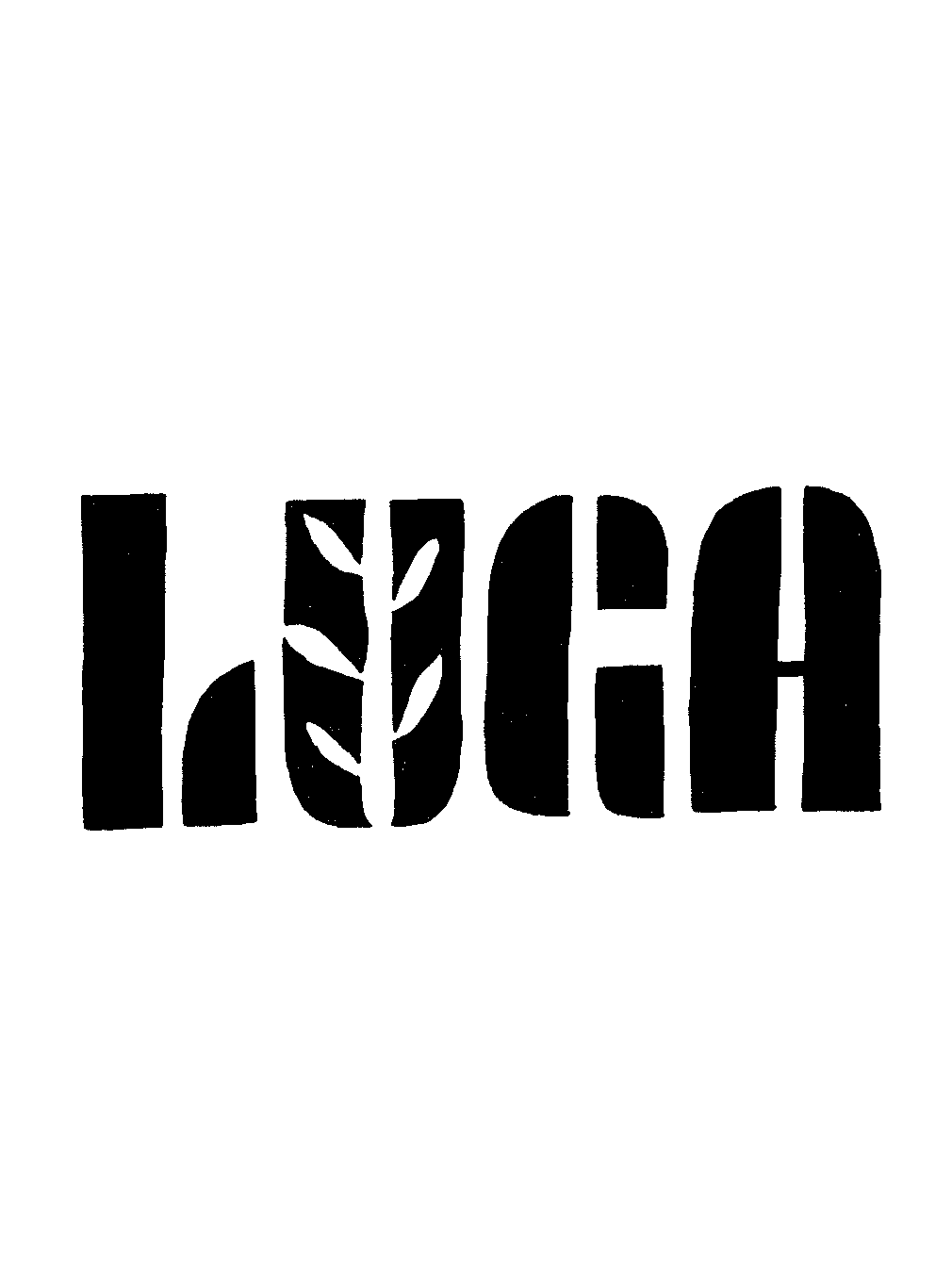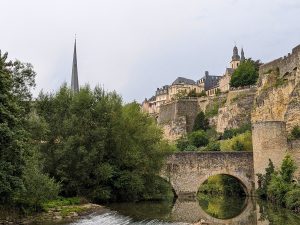LUGA 2025: Luxembourg’s 1st open-air laboratory of urban greening ideas
On the occasion of LUGA 2025, Luxembourg’s first major open-air garden exhibition, Eliane Schmid (doctoral researcher at the C²DH) draws parallels between this event and understudied Western European greening initiatives dating back to the 1950s.
Running from May 7th to October 18th, Luxembourg Urban Garden (LUGA) will transform five locations across the country to showcase the value of urban nature to its citizens. The exhibition aims to be an “open-air laboratory of ideas”, teaching visitors the many ways cities can host public green spaces – a particularly pressing topic in view of the rapidly intensifying climate crisis.
Environmental consciousness and social justice: continuities from urban history
The realization that we need to adapt our cities to climate change – be it to endure sweltering hot summers or cope with lengthy periods of heavy rainfall – is not a new one. Environmental consciousness arose in (sub-)urban USA in the 1960s and spilled over to Western Europe in the following years. The governments of the port cities Hamburg and Marseille, for example, reacted to environmental concerns of the public in the early 1970s and launched large-scale greening initiatives that called for citizen participation. Through these initiatives the municipal governments sought to raise awareness for environmental issues and inform people of the significance of nature in the city.
My doctoral research on public urban green space development in Hamburg and Marseille (1945-1970s) focuses exactly on understanding how urban greening initiatives reflect broader political and societal values and priorities. LUGA’s moto of “making the invisible visible” links strongly to what guides my own research: Public urban green spaces are far from neutral spaces. How they are designed, by whom, and who commissions them are straightforward questions. Yet, making visible who these spaces were designed for and who was, consciously or unconsciously, ignored is the challenge. While LUGA uncovers these invisible actors with the help of an environmental lens, zooming in on “micro-organisms”, my own research focuses on the citizen level, examining who the park commissioners and planners imagined as the ideal users and who was left out in the process.
Hamburg’s “Aktion ‘Grünes Hamburg’” and Marseille’s “Mille Points Verts pour Marseille” present a confluence of urban planning topics that strongly resemble LUGA’s vision. “Aktion ‘Grünes Hamburg’” and “Mille Points Verts pour Marseille” surfaced during the early days of a growing environmental consciousness throughout Europe, anticipating today’s urban sustainability movement by half a century.

Sketches of the advertisements for the three greening initiatives


In Marseille, Mayor Gaston Defferre launched “Mille Points Verts” in 1971, emphasizing that “green spaces are the lungs of the city” (Defferre, 1971). The initiative aimed to combat increasing pollution from port activities while improving citizens’ quality of life. What made this campaign distinctive was its dual focus on both “green spaces” and “blue spaces” (the Mediterranean Sea), recognizing their interconnected role in creating a healthy urban environment.
LUGA also includes the idea of blue space in connection to green space. Parks located along the rivers Alzette and Pétrusse are sites the organizers mark as spaces to “explore urban ecology, the climate and the various forms of dialogue and expression between man and nature”. Thus also in Luxembourg today the blue-green relationship teaches the importance of seeing the environment as a large interconnected system we, as urban citizens, are part of.
In 1972, one year after Marseille, Hamburg launched “Aktion Grünes Hamburg”, inspired by Marseille’s initiative. Mayor Peter Schulz stated in his 1972 call for action that “[a]s ‘Hamburgers’, we are proud of our ‘City in the Green’. The many trees contribute to making Hamburg a livable city. A tree is life and at the same time a symbol of life for us.” The campaign’s motto reinforced this connection between urban identity and greenery: “If we want to maintain our reputation as ‘Green Hamburg’, we must plant many new trees!” (Staatliche Pressestelle, 1972).
Both initiatives mobilized citizens through contests, “green telephones” where people could pose their questions about anything connected to plants or voice wishes for green space locations (Marseille), tree donations, a revived wedding tree tradition (Hamburg), corporate sponsorships, and establishing school programs to educate children and youth about urban nature. These actions created a sense of collective responsibility for the urban environment, while also allowing the municipal government to promote itself as caring for its citizens’ health and well-being.
Mapping and spatial analysis: studying the complex relations between people and space
The methodology I apply to “uncover” the mechanisms and broader implications of public urban green space construction, combines the use of Geographic Information System (GIS) and mapping, urban planning history, and spatial theory. These approaches reveal patterns of accessibility, usage, and design that often mirror broader political and social priorities and challenges. This research is valuable also in the context of Luxembourg’s LUGA as it demonstrates how greening initiatives historically reflect a city government’s values. When Hamburg Senator Dr. Gerd Bucerius emphasized that “there are hardly facilities that would be more beneficial and social than public parks, green spaces, and open areas” (1946), he articulated a fundamental principle that continues to be repeated today. Public urban green spaces are not merely aesthetic features but essential infrastructures for public health, social cohesion, and environmental action.
Historian Carla Pascoe noted that cities are “composed of many different layers of human usage” with “an infinite number of vantage points from which inhabitants view the city around them” (2010, p.30.1). “Aktion ‘Grünes Hamburg’”, “Mille Points Verts pour Marseille”, and LUGA all propose citizens and visitors of the cities to look at the urban scape from a broad environmental perspective: this includes the connection between the built environment and the natural one, water and land, as well as people of all ages, and, ideally, all ethnic and social backgrounds.
My research also makes visible how sociodemographic inequalities are woven into the design of “public” green spaces. 1970s Hamburg and Marseille planned for predominantly white, middle to upper class, able-bodied users, not migrant workers or people living in social housing.
Livable cities: a shared responsibility
As LUGA invites visitors to “question your perceptions, explore new horizons, awaken your senses and imagine the future,” I also encourage visitors of this exhibition to think about questions of accessibility and inclusion in any public urban green space they encounter in their daily lives or when traveling to new places.
When LUGA officially opens in May, it will not just allow us to explore and enjoy Luxembourg’s green spaces, but also give us the opportunity to reflect on a longer European tradition of reimagining urban environments through collective consciousness and action – making visible not just the invisible processes of nature but also our shared responsibility for creating livable cities.
References
Bucerius, G. (1946, June 7). “Drucksache für die Senatssitzung, Nr. 66. Betr.: Erhaltung der öffentlichen Parks, Grün- und Freiflächen.” Staatsarchiv Hamburg, 131-1 II_2708 Öffentliche Grünanlagen – Erhaltung, Ausbau und Pflege [Band 1] […] 1946-1963.
Defferre, G. (1971, January 26). “Envoi de circulaires sur les ‘Espaces Verts’.” Archives de la Ville de Marseille, 554W6 1000 Points Verts.
LUGA. Retrieved March 6, 2025, from https://luga.lu/en/
Pascoe, C. (2010). City as space, city as place: Sources and the urban historian. History of Australia, 7(2). https://doi.org/10.2104/ha100030
Staatliche Pressestelle Hamburg. (1972, March 8). “Aufruf des Ersten Bürgermeisters zu Aktion Grünes Hamburg.” Staatsarchiv Hamburg, 327-1_265 Aktion Grünes Hamburg, 1972.
